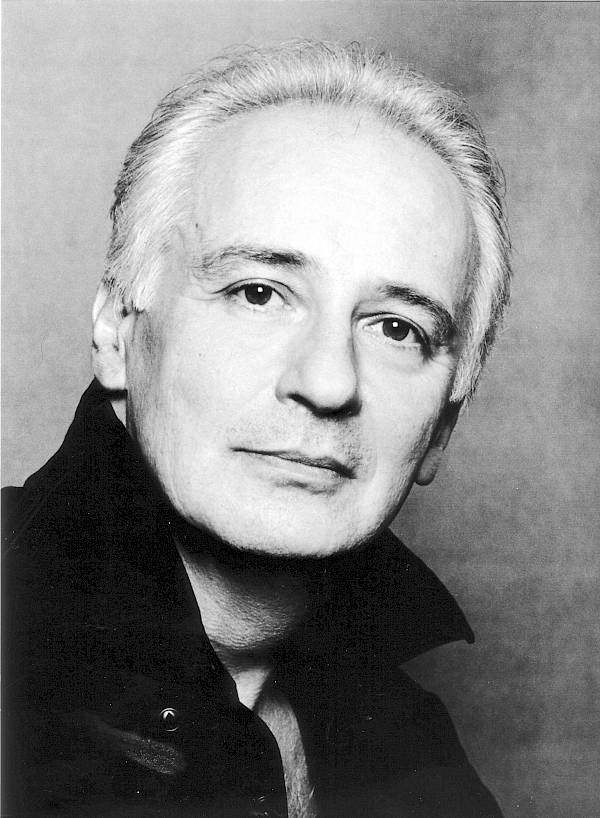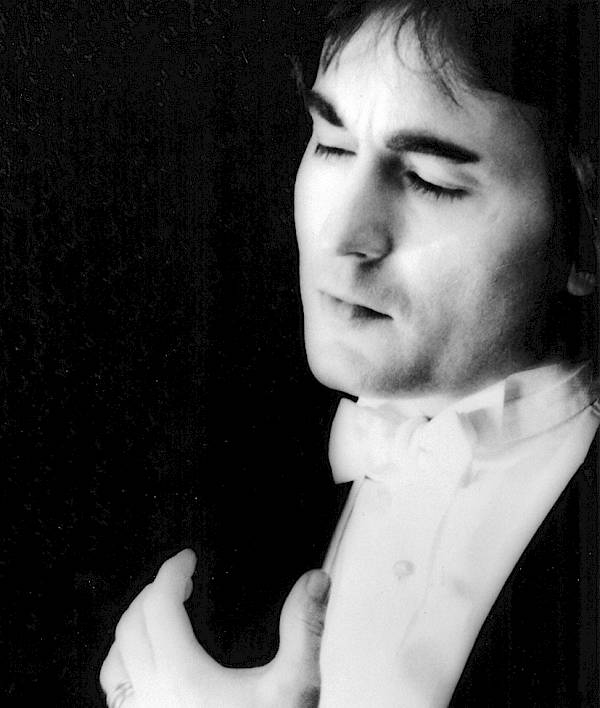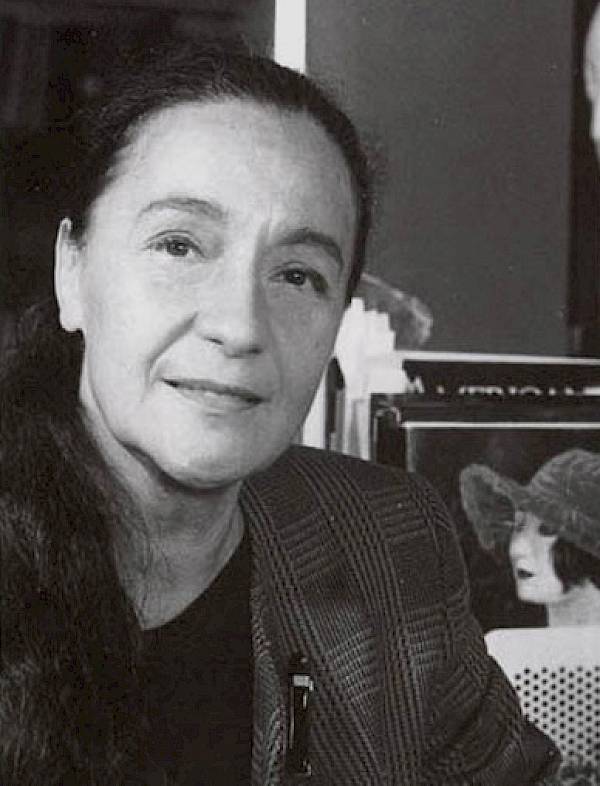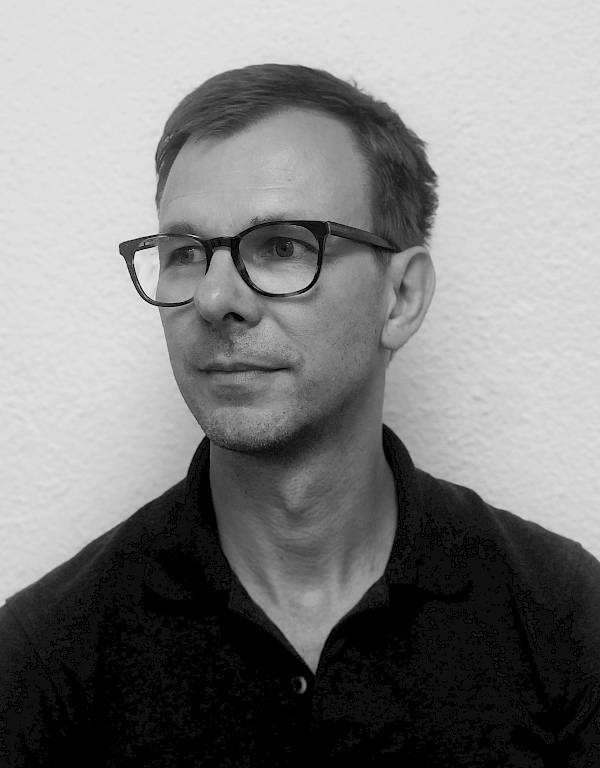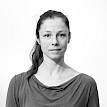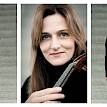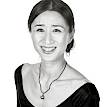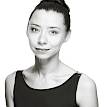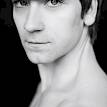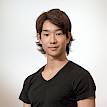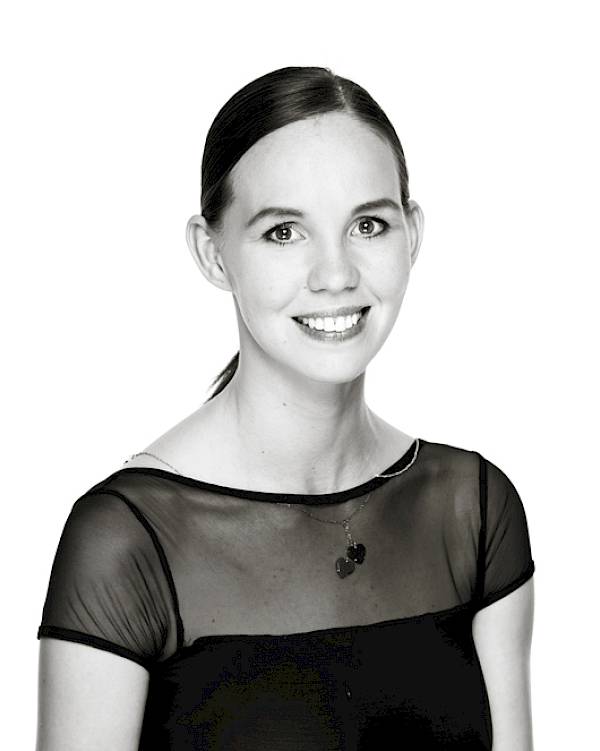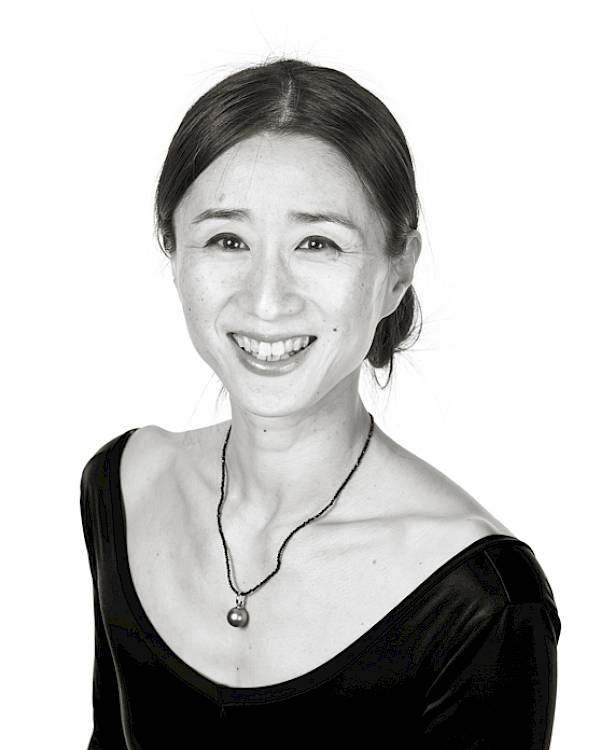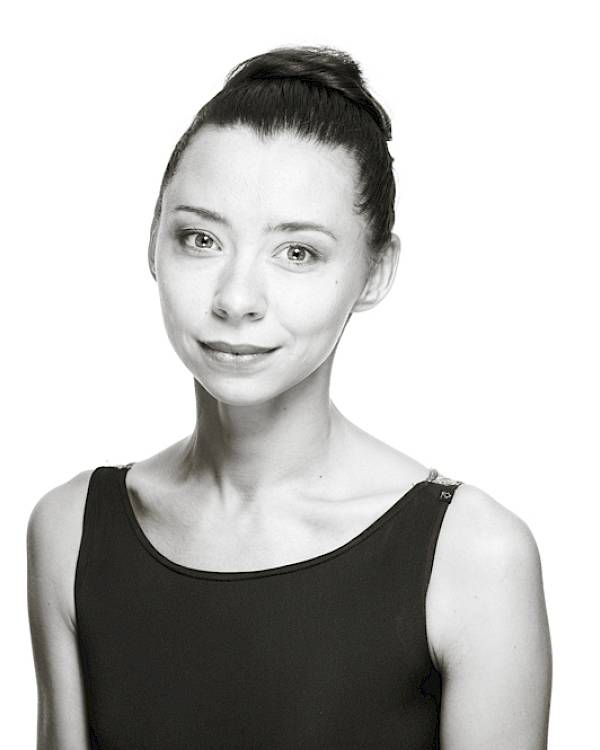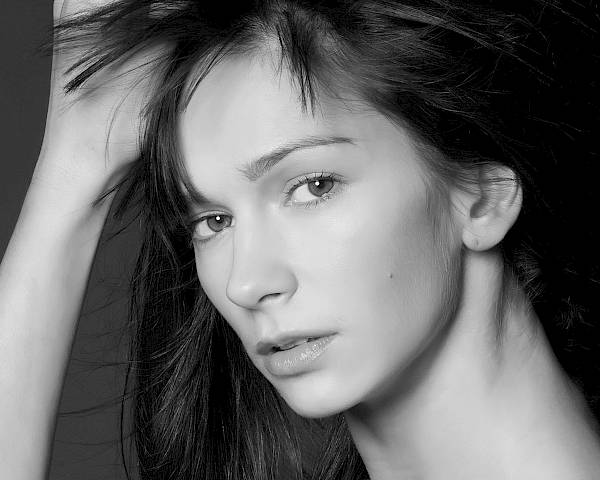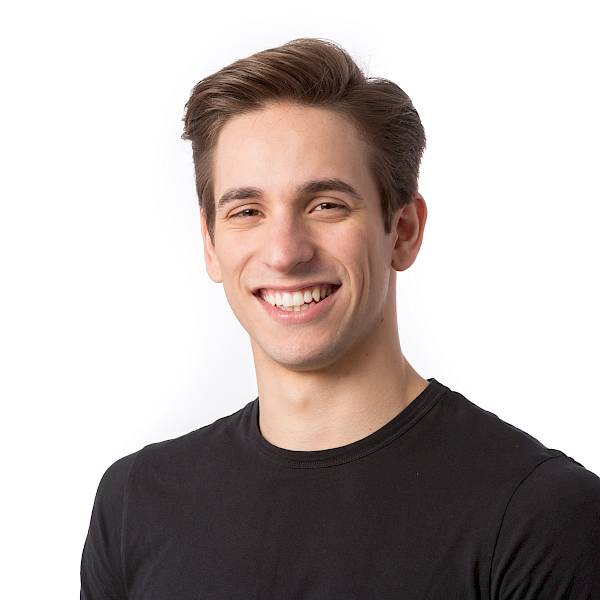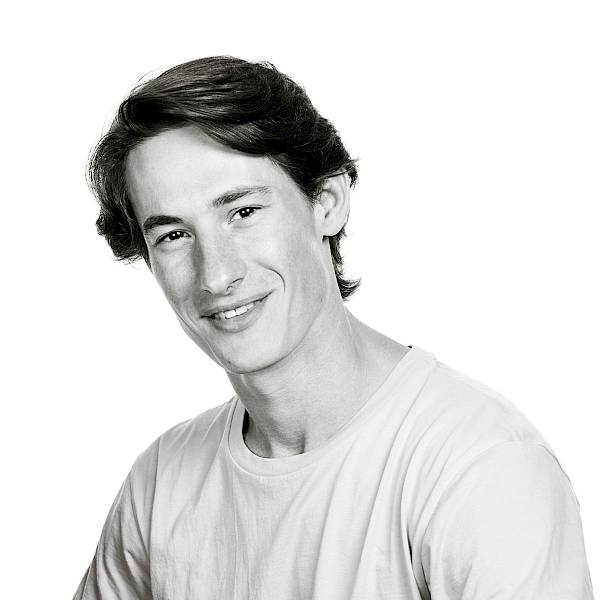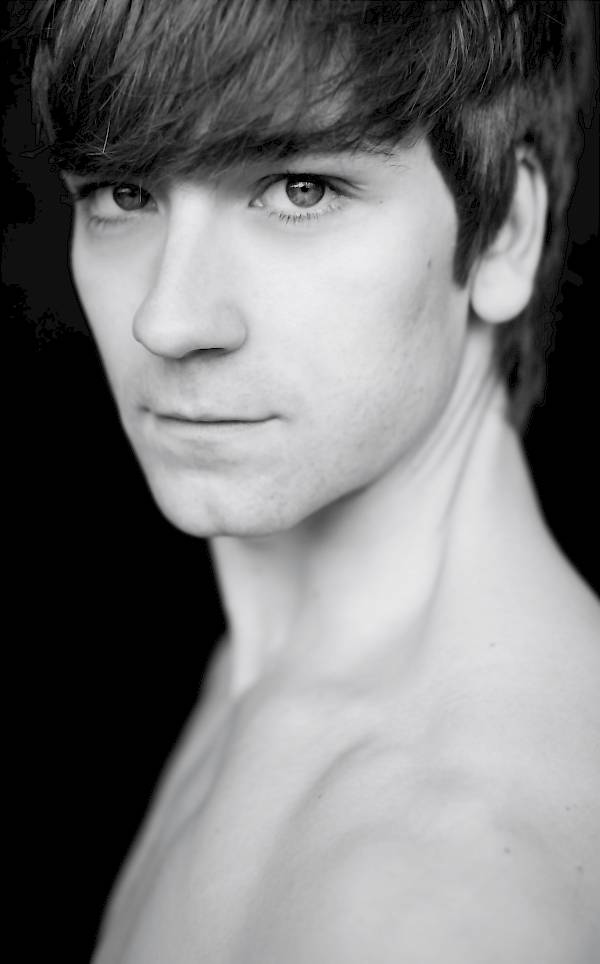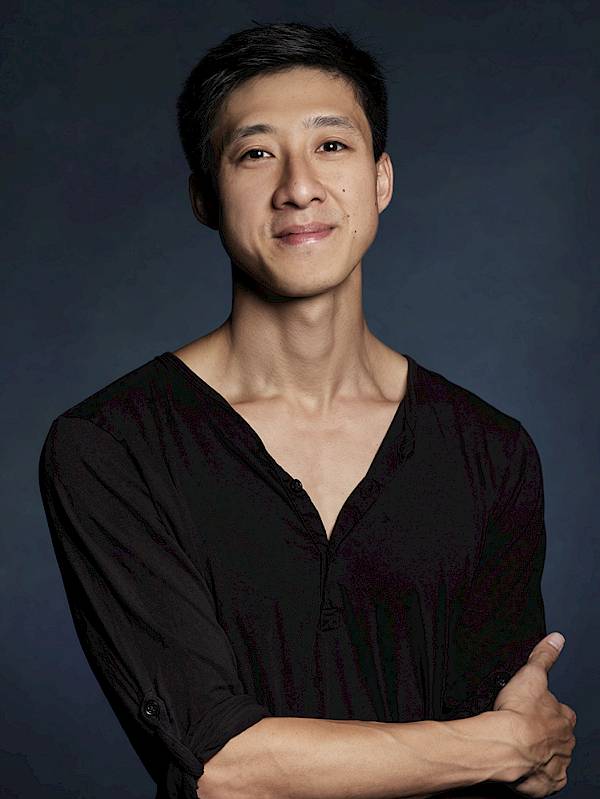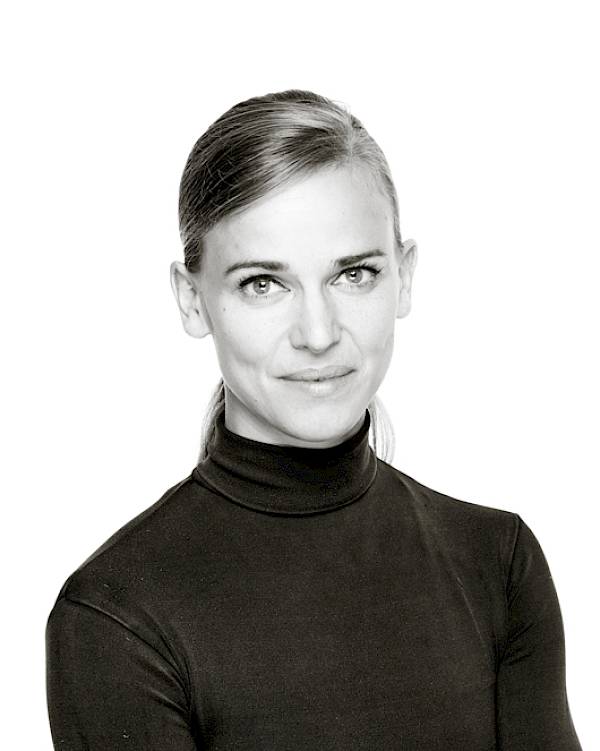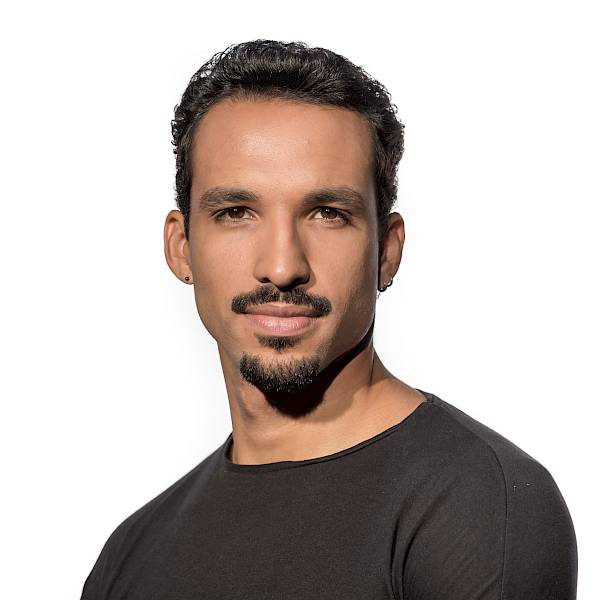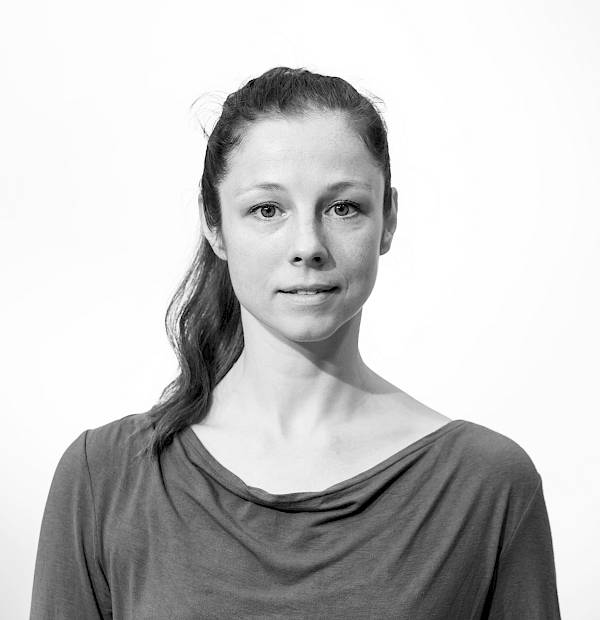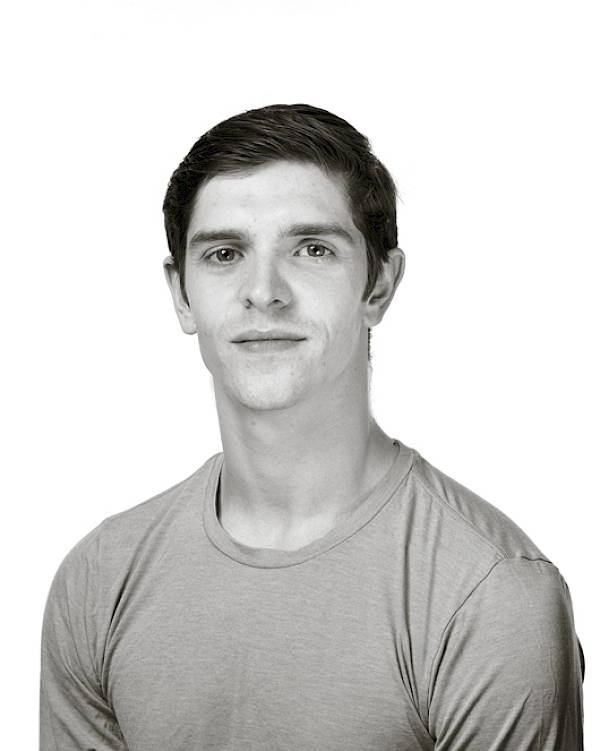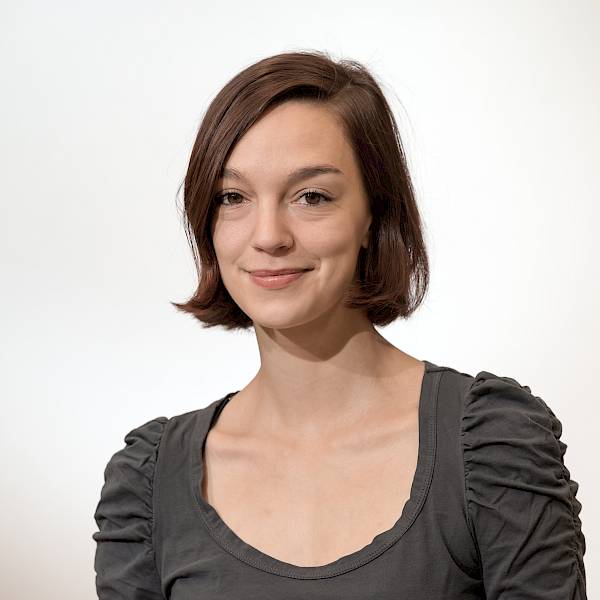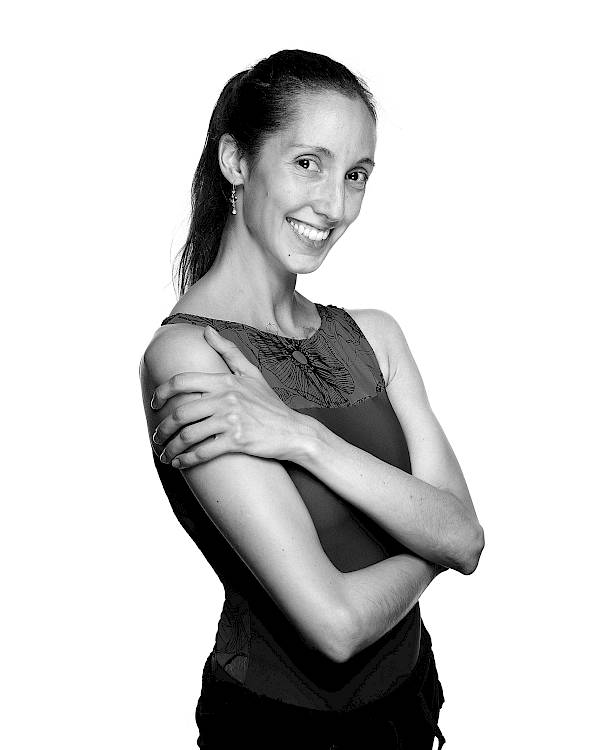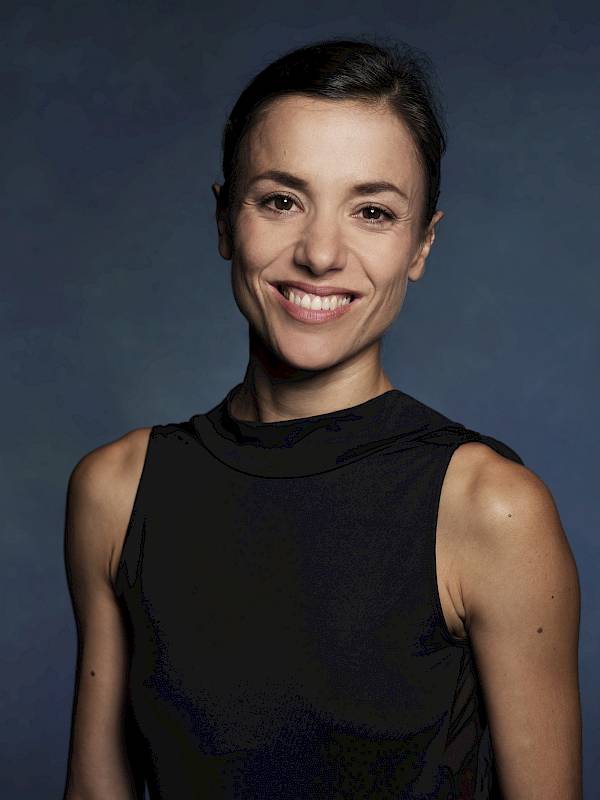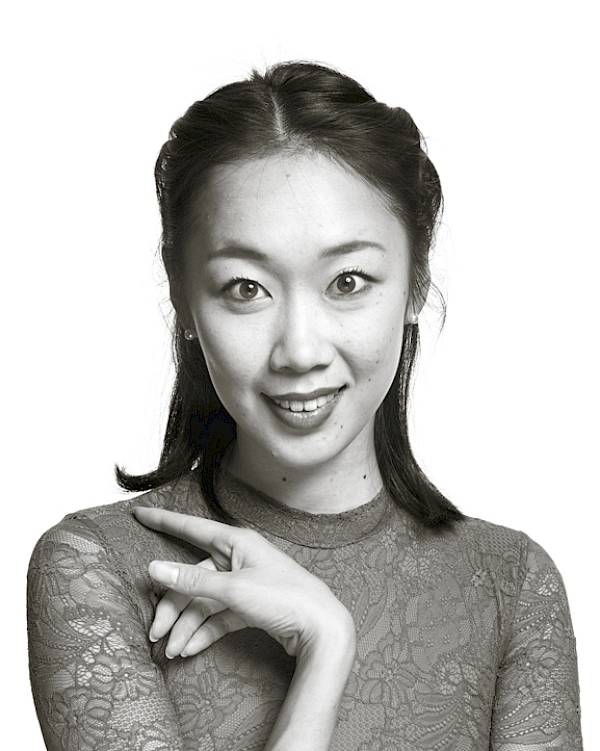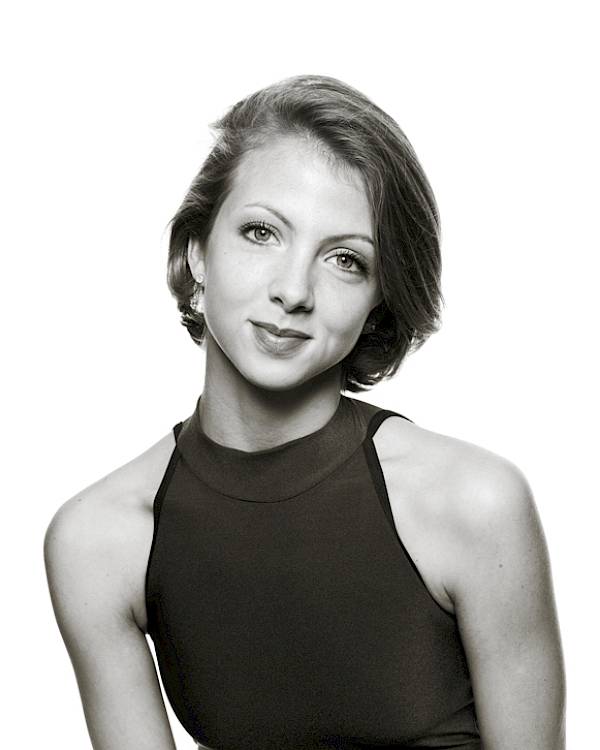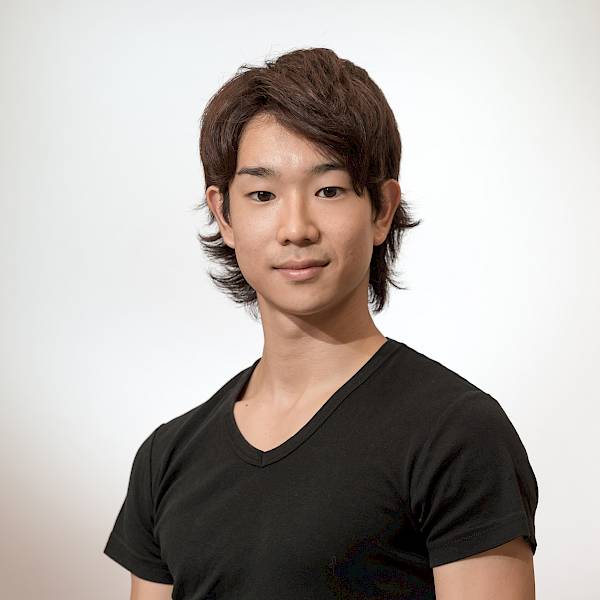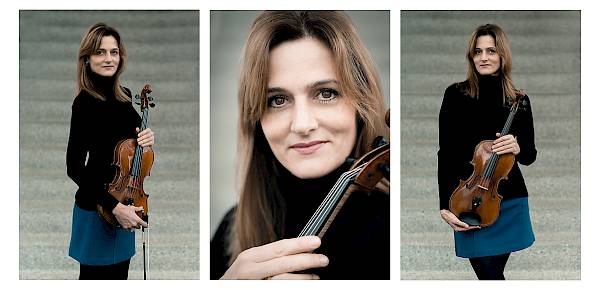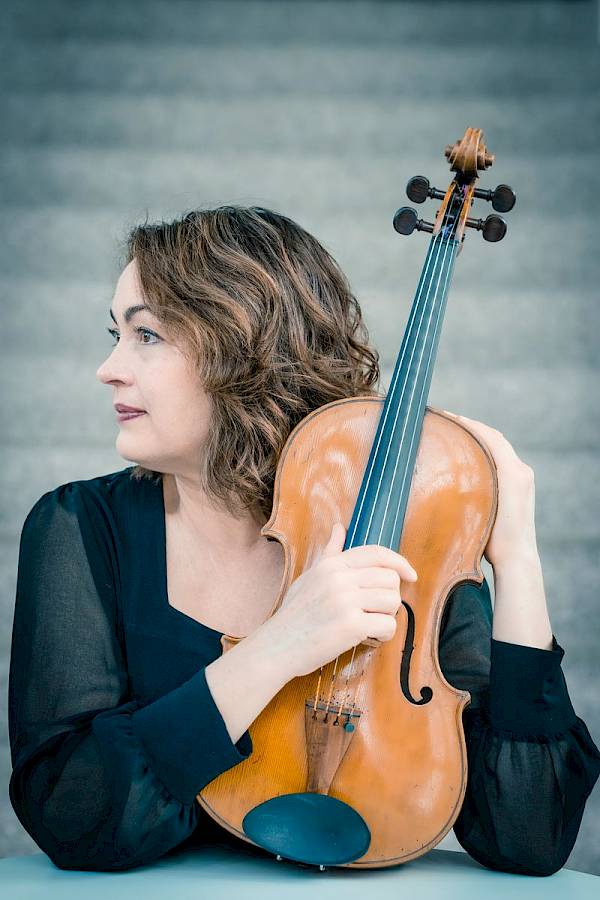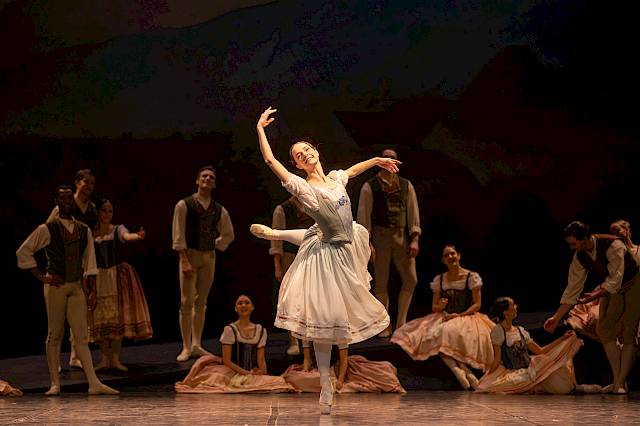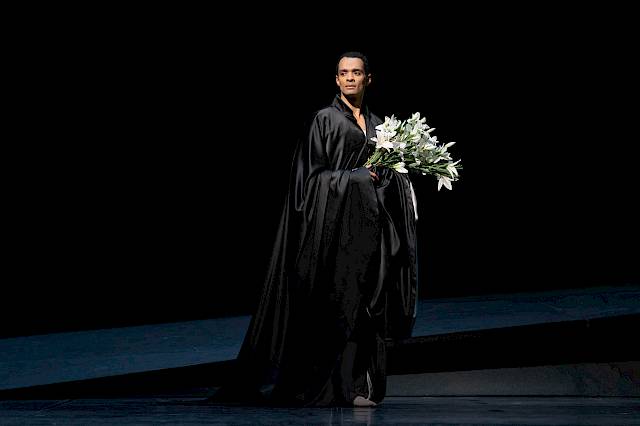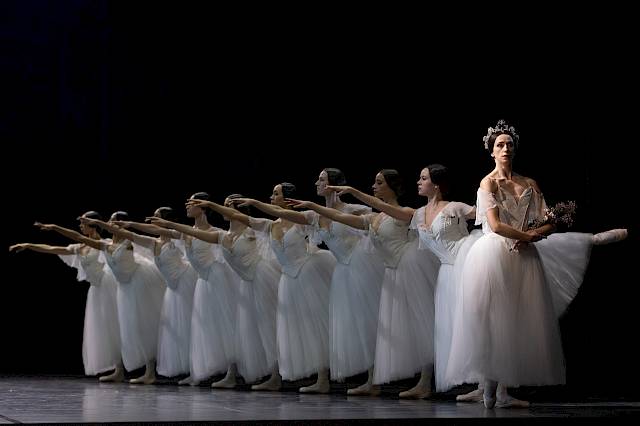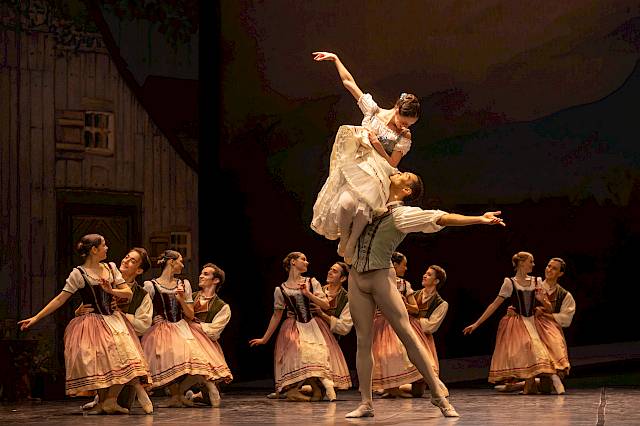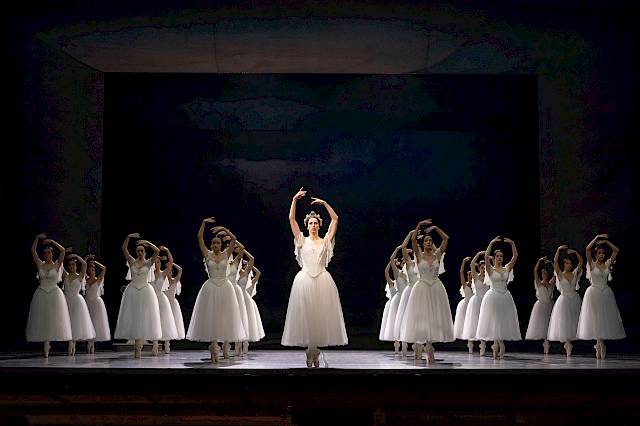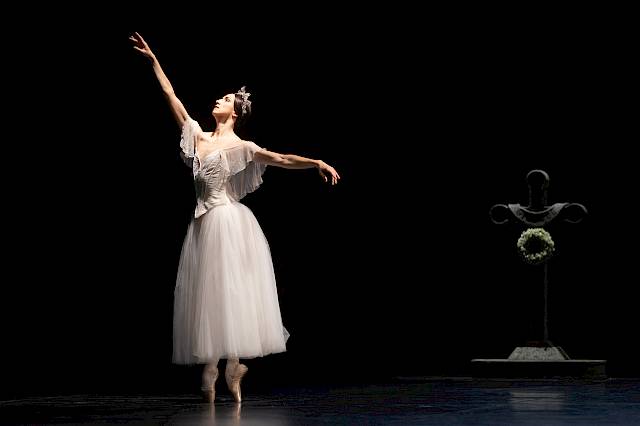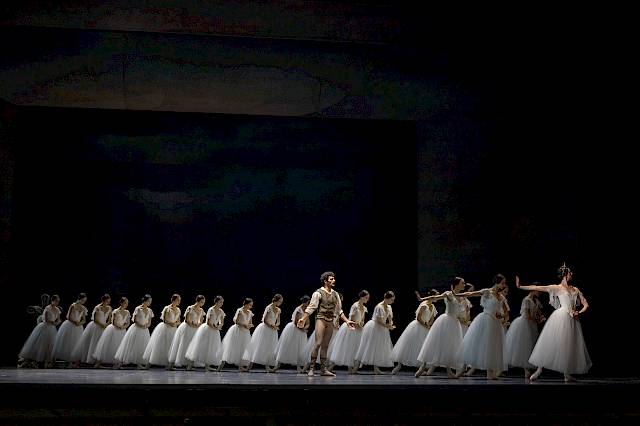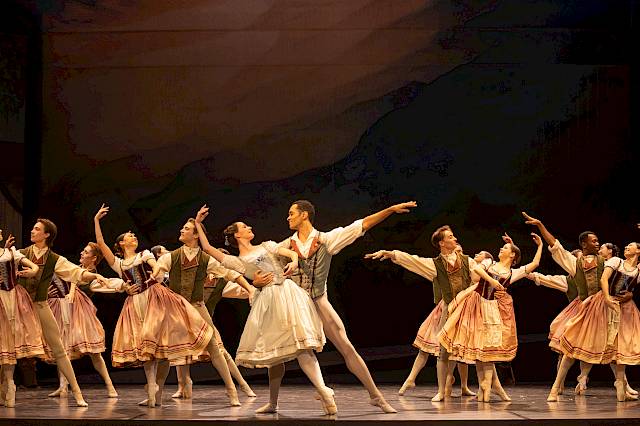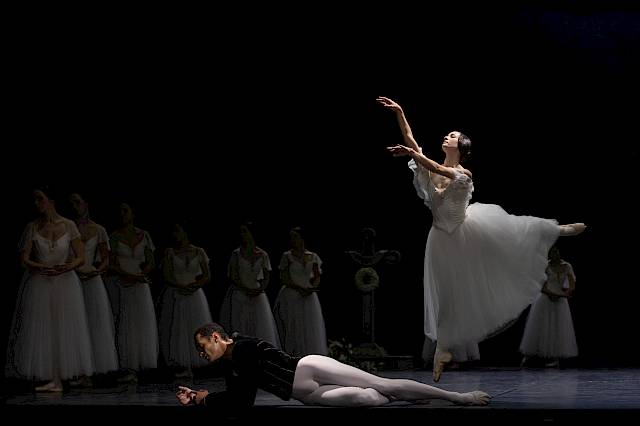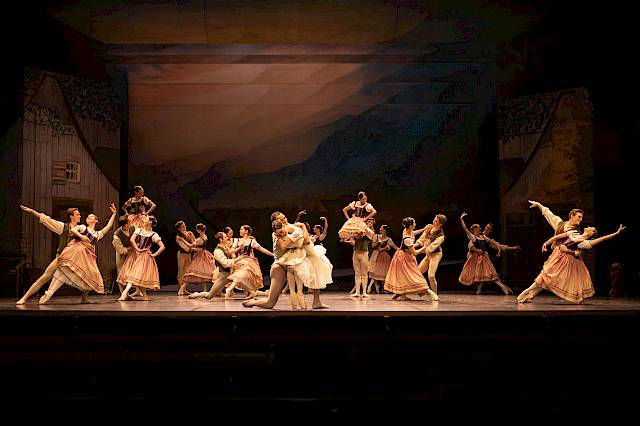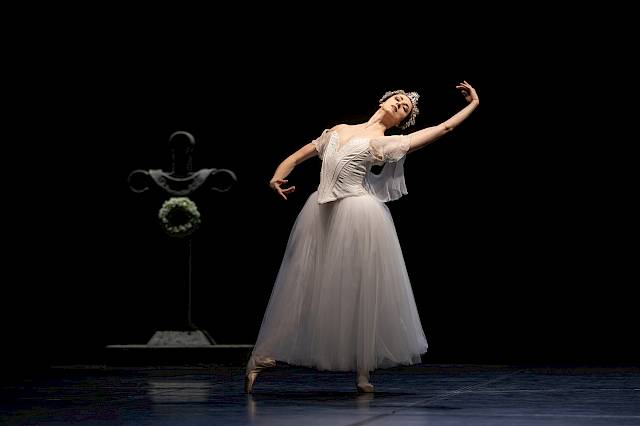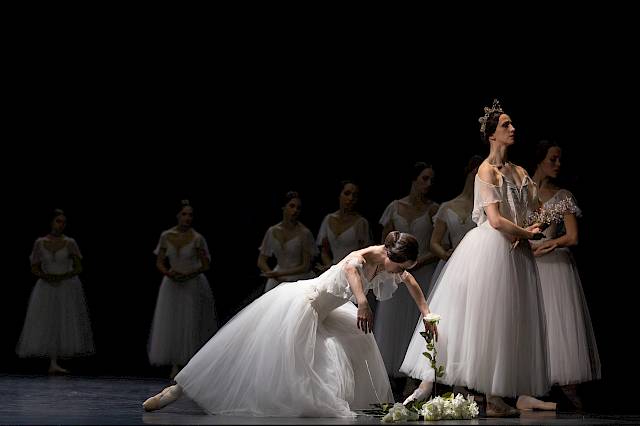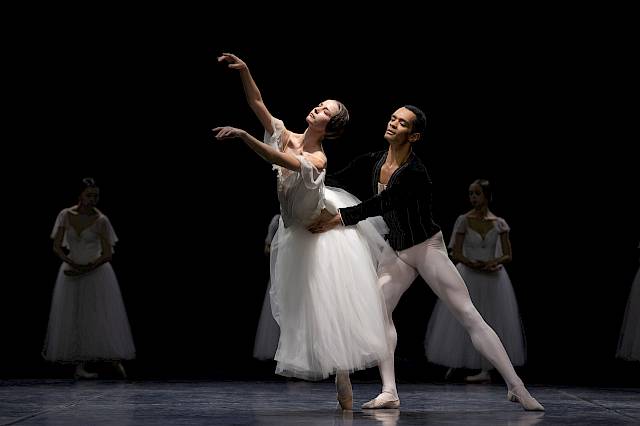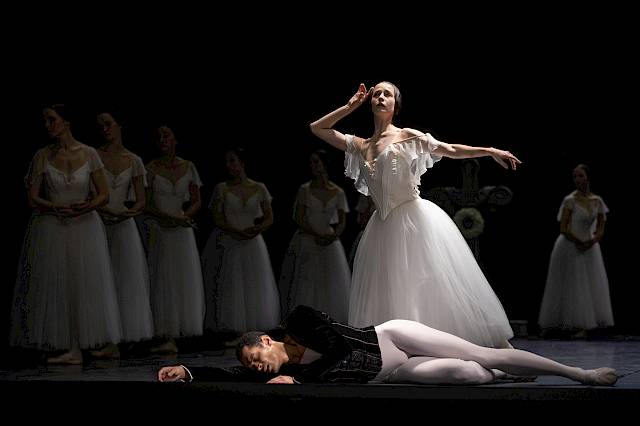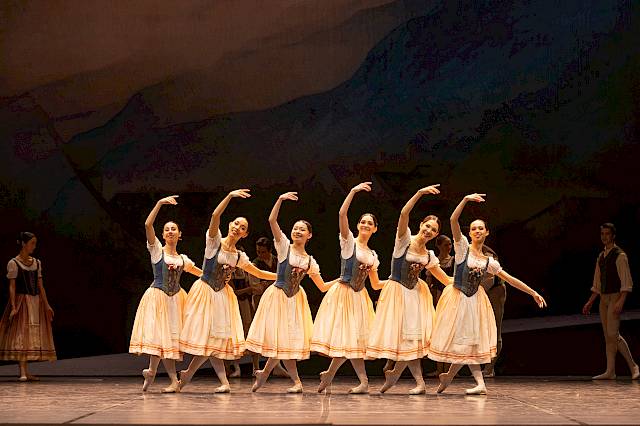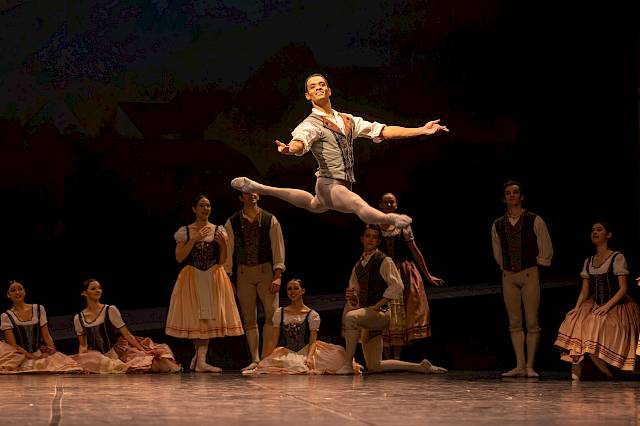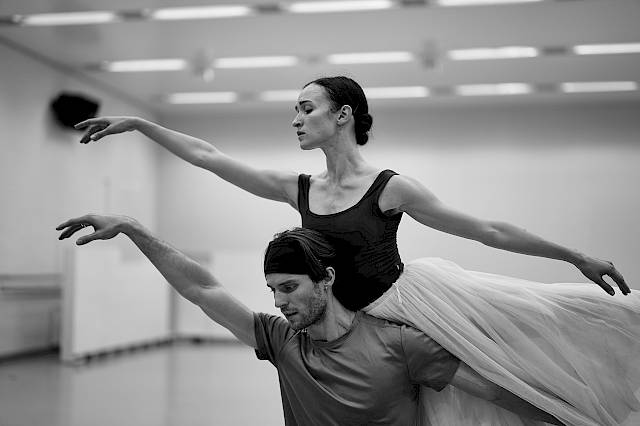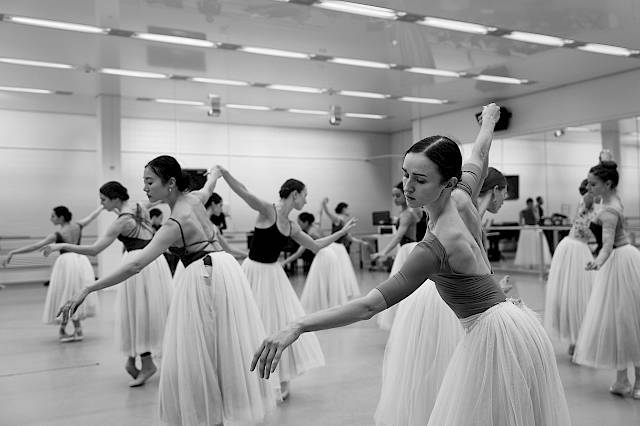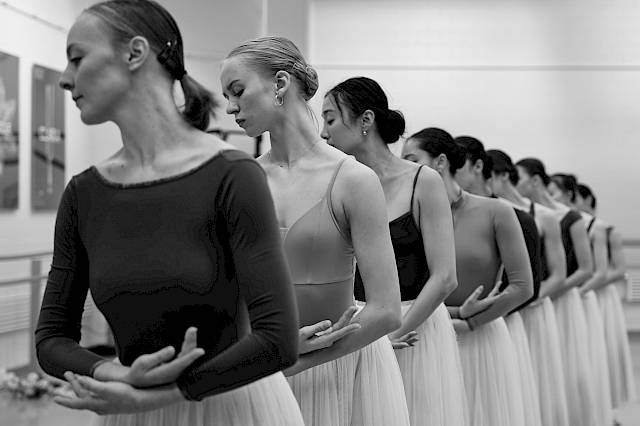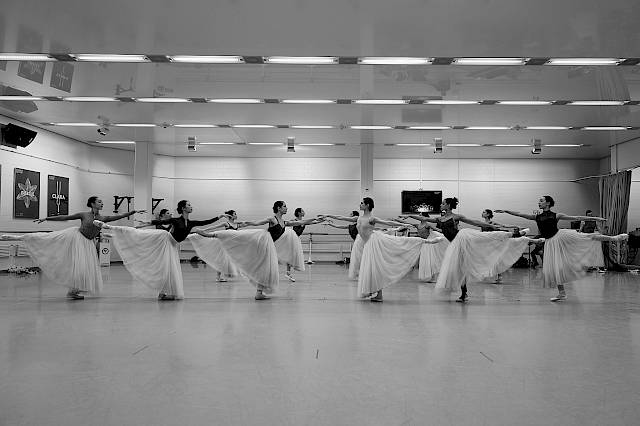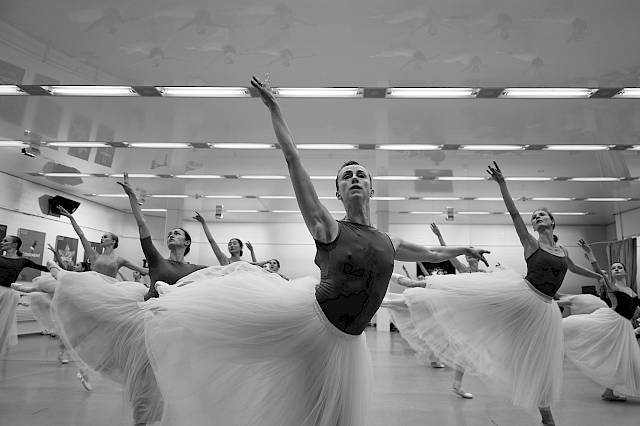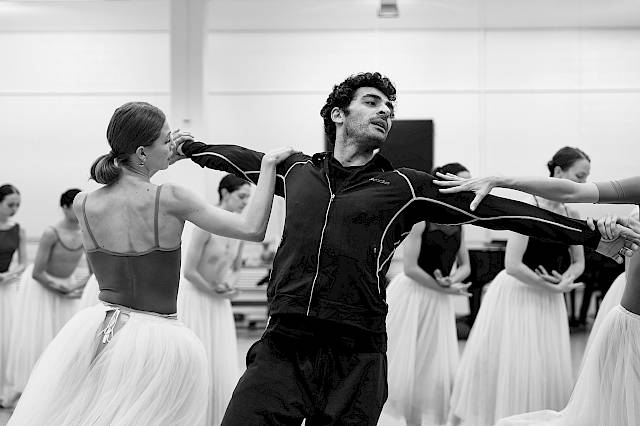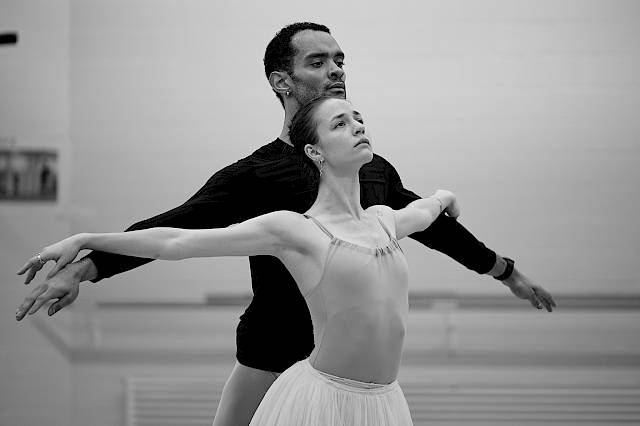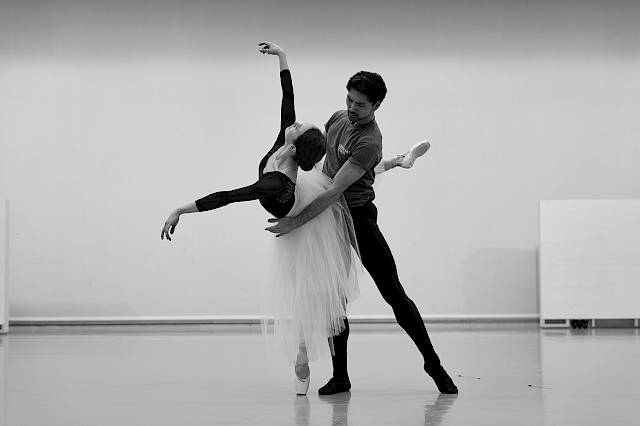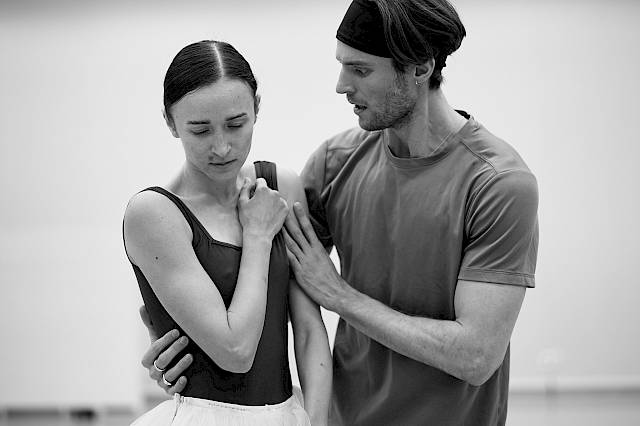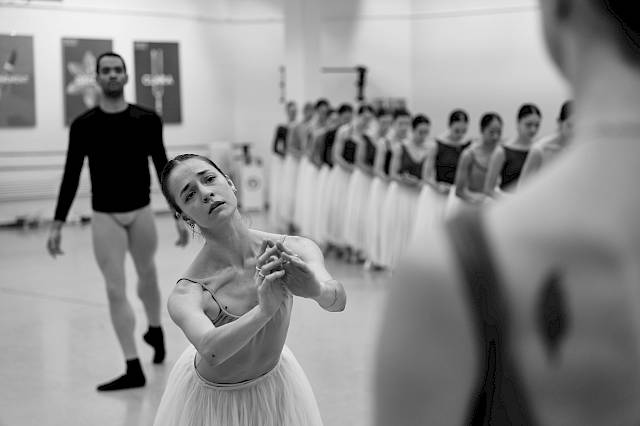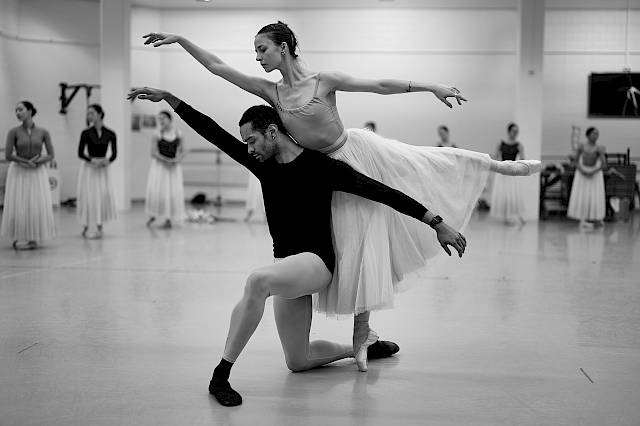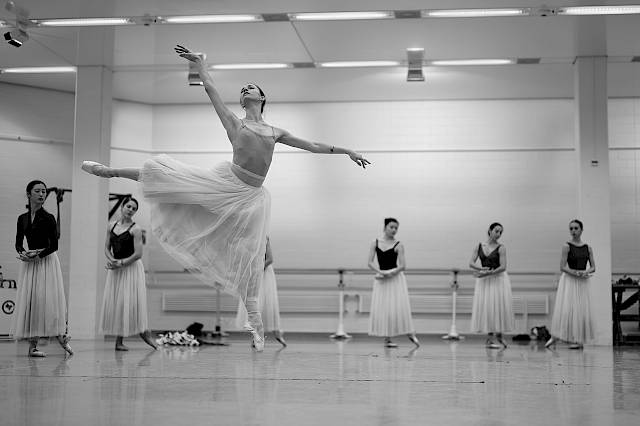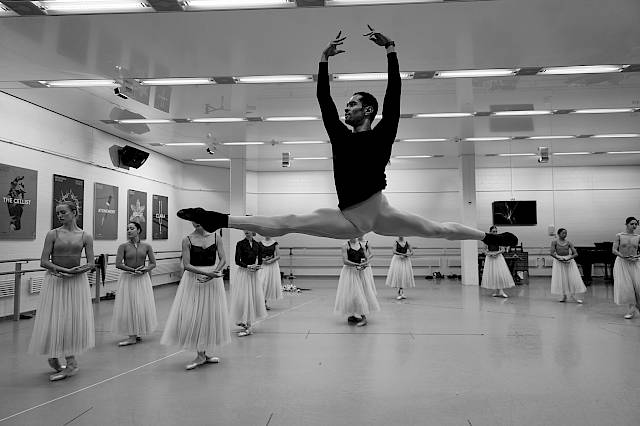Patrice Bart, Jahrgang 1945, ist untrennbar mit dem Ballett und der Ballettschule der Opéra de Paris verbunden. 1957 trat er in die Schule ein und wurde bereits 1959 Mitglied des Corps de ballet. Als Coryphée erhielt er 1963 den Prix René Blum, der den vielversprechendsten jungen Tänzern verliehen wird. 1969 gewann er als Premier danseur die Goldmedaille beim Tänzerwettbewerb in Moskau und wurde 1972 zum Etoile ernannt. Patrice Bart tanzte die männlichen Hauptrollen in Balletten wie Schwanensee, Petruschka, Dornröschen, Don Quixote, Der verlorene Sohn und trat in Kreationen wie Constellations (Serge Lifar, 1969), Mouvances (Roland Petit, 1976) und Métaboles (Kenneth McMillan, 1978) auf. Von 1970 bis 1982 gastierte Bart regelmässig als Etoile beim London Festival Ballet, dem jetzigen English National Ballet. Er war ausserdem mit zahlreichen Compagnien auf den bedeutendsten internationalen Bühnen zu sehen. Noch vor seinem offiziellen Bühnenabschied im Jahre 1989 begann Patrice Barts Karriere als Ballettmeister, der sich mehr und mehr mit Direktionsaufgaben befasste, nach dem Weggang von Rudolf Nurejew auch, zusammen mit Eugen Poljakow, für einige Zeit als Interimsdirektor. Danach war Patrice Bart über mehr als zwei Jahrzehnte als der Direktion assoziierter Ballettmeister wesentlich mitverantwortlich für die Aufrechterhaltung und Weiterführung der aussergewöhnlichen Tradition und des hohen Standards der französischen Elite-Compagnie. 1991 inszenierte er, zusammen mit Eugen Poljakow, die Pariser Giselle-Produktion aus Anlass des 150. Jahrestags der Uraufführung. 1992 assistierte er Rudolf Nurejew bei der Einstudierung von La Bayadère. 1993 brachte er seine eigene Don Quixote-Produktion an der Berliner Staatsoper heraus, die auch vom Finnischen Nationaltheater übernommen wurde. Für die Mailänder Scala inszenierte er eine neue Giselle, deren Premiere 1996 im Fernsehen europaweit live übertragen wurde. Ebenfalls 1996 brachte er mit Coppélia seine erste abendfüllende Eigenproduktion für die Opéra de Paris heraus. 1997 hatte seine Neufassung von Schwanensee an der Deutschen Staatsoper in Berlin Premiere. 1998 schuf er für das Bayerische Staatsballett eine neue, komplettierte Fassung von Petipas La Bayadère. Es folgten für Berlin Der Nussknacker (1999) und Romeo und Julia (2002). Ausserdem kreierte er einige ganz neue, eigene Stoffe: Verdiana (Berlin 1999, Florenz 2001), La Petite Danseuse de Degas (Paris 2003), Tschaikowsky (Helsinki 2005), Gustav III. (Stockholm 2008), Das flammende Herz (Berlin 2009) und Chopin (Warschau 2010). Jüngste Projekt waren Giselle für das Koreanische Nationalballett in Seoul und das Balletto di Roma (2011) sowie – ebenfalls in Rom – Romeo und Julia (2011) und Schwanensee (2013). Patrice Bart ist Commandeur des Arts et Lettres, Officier de l’Ordre national du Mérite und Chevalier de la Légion d’honneur.
Ballet in two acts by Patrice Bart after Jean Coralli and Jules Perrot
Libretto by Théophile Gautier and Jules-Henri Vernoy de Saint-Georges
Music by Adolphe Adam (1803–1856)
Revised Zurich version (2015)
From 22. November 2015 until 22. January 2016
-
Duration :
2 H. 20 Min. Inkl. Pause after approx. 1 H. -
More information:
Introduction 45 min before the performance.


